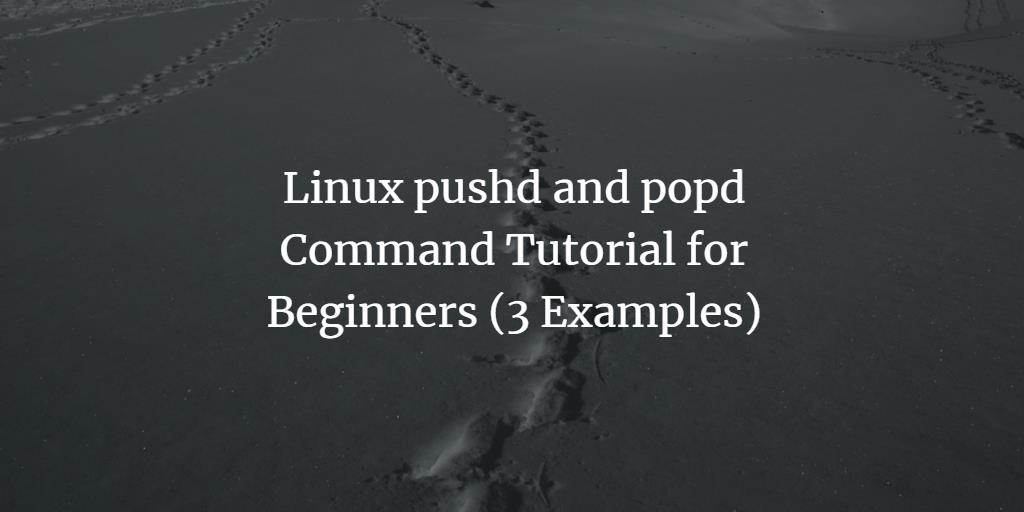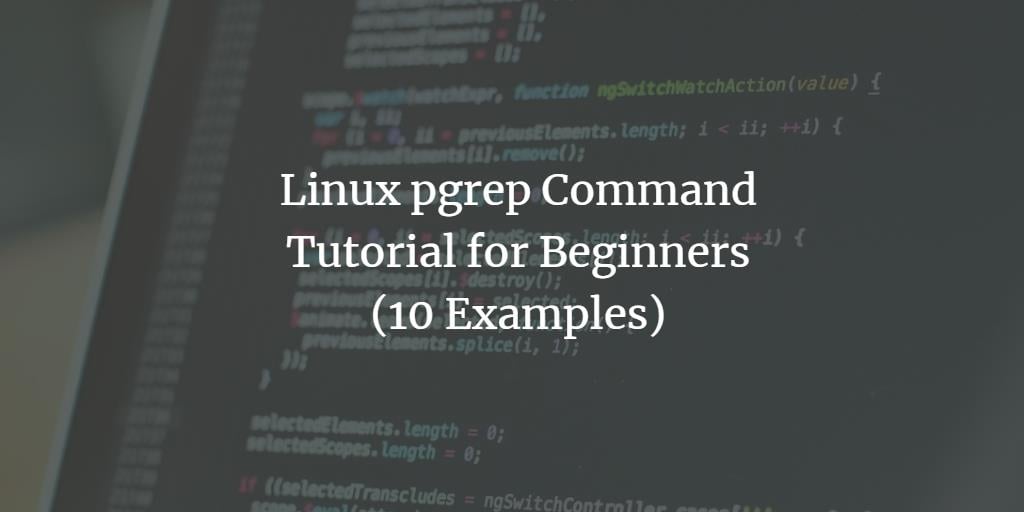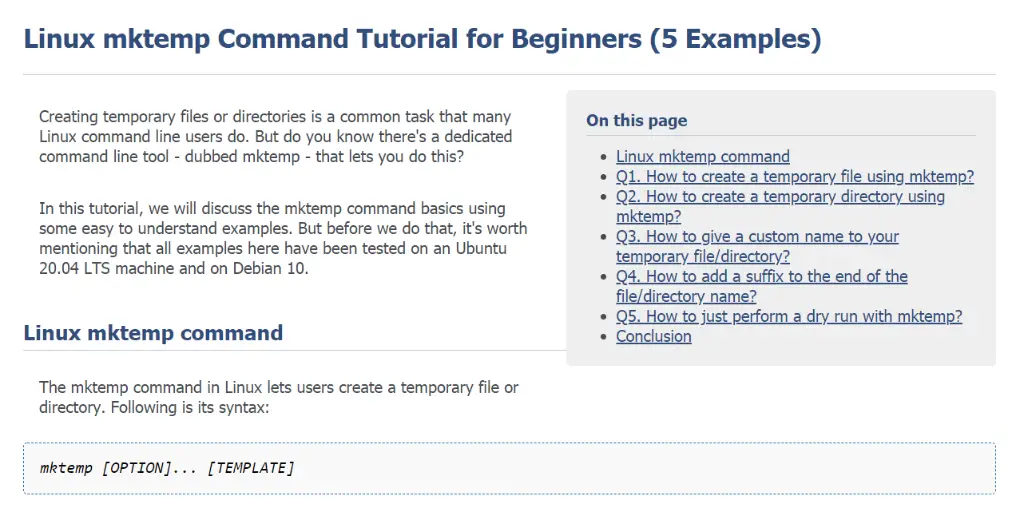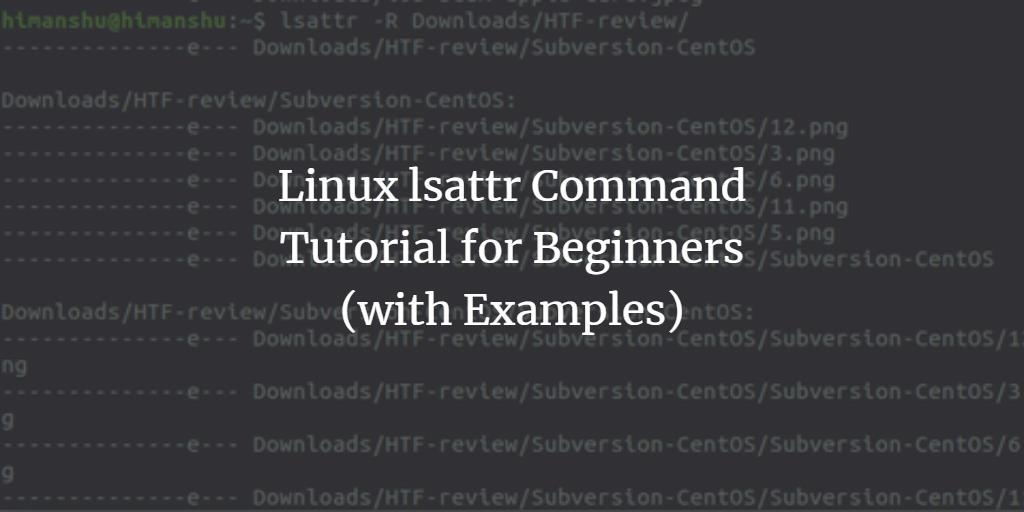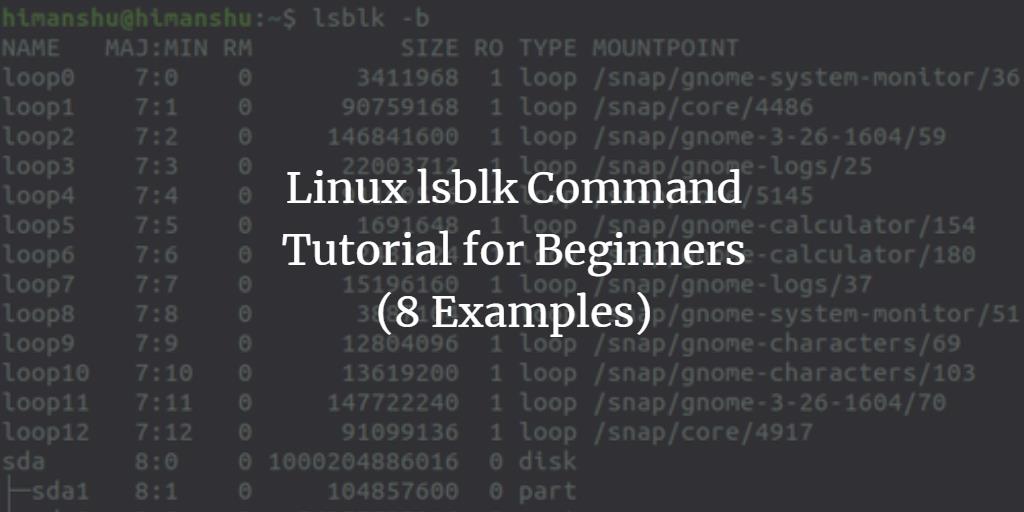Linux Tutorials for “command tutorial for beginners”
-
Linux pushd and popd Command Tutorial for Beginners (3 Examples)
Author: Himanshu Arora • Tags: linux, shell • Comments: 0Command line navigation in Linux is primarily done using the cd command. However, there are several tips and tricks that may enhance your Linux command line navigation experience. In this article, we will discuss two commands - pushd and popd - using some easy to understand examples.
-
Linux pinky Command Tutorial for Beginners (8 Examples)
Author: Himanshu Arora • Tags: linux, ubuntu • Comments: 0The finger command in Linux is a popular tool to fetch information related to system users. Pinky is a lightweight alternative that comes pre-installed (at least on Ubuntu).
-
Linux pgrep Command Tutorial for Beginners (10 Examples)
Author: Himanshu Arora • Tags: linux, shell • Comments: 2You might already know about the grep command in Linux, which searches for a pattern, and then prints the matching text in output. What if the requirement is to apply this kind of processing to fetch select information about processes currently running in the system?
-
-
Linux mktemp Command Tutorial for Beginners (5 Examples)
Author: Himanshu Arora • Tags: linux, shell • Comments: 4Creating temporary files or directories is a common task that many Linux command line users do. But there's a dedicated command line tool - dubbed mktemp - that lets you do this.
-
Linux namei Command Tutorial for Beginners (5 Examples)
Author: Himanshu Arora • Tags: linux, shell • Comments: 1On the Linux command line, you work with several types of files, for example, directories, symbolic links, and stuff like that. Sometimes, the requirement is to know more about individual elements in a path - what type of file it is, who is its owner, and more. Thankfully, there's an inbuilt Linux command line utility - dubbed namei - that lets you fetch this information.
-
Linux manpath Command Tutorial for Beginners (5 Examples)
Author: Himanshu Arora • Tags: linux, shell • Comments: 0Man pages in Linux is the go to spot for first-level support when it comes to command line utilities. As most of you would know, you just write 'man [command-name]' and the corresponding man page pops up. But do you know the path where these man pages are searched for?
-
Linux lsattr Command Tutorial for Beginners (with Examples)
Author: Himanshu Arora • Tags: linux, shell • Comments: 1We recently discussed chattr, a command that you can use to change file attributes on a Linux file system. To list file attributes, there's a separate command, dubbed lsattr. In this tutorial, we will discuss this tool using some easy to understand examples.
-
Linux lsblk Command Tutorial for Beginners (8 Examples)
Author: Himanshu Arora • Tags: linux, shell • Comments: 3In Linux, block devices are special files that refer to or represent a device (which could be anything from a hard drive to a USB drive). So naturally, there are command line tools that help you with your block devices-related work. Once such utility is lsblk.
-
Linux colrm Command Tutorial for Beginners (with Examples)
Author: Himanshu Arora • Tags: linux, shell • Comments: 1If you primarily work on the Linux command line, text editing is likely one of the most frequent tasks that you may find yourself involved in. The colrm command in Linux lets you remove selected columns from a file.
-
Linux chrt Command Tutorial for Beginners (5 Examples)
Author: Himanshu Arora • Tags: linux, shell • Comments: 0Processes form the core of a running Linux system. When a program converts into a process (which is when it's executed), a lot of attributes are set. Sometimes, you may want to change these attributes at runtime. There exists a command line tool chrt that lets you do this.

